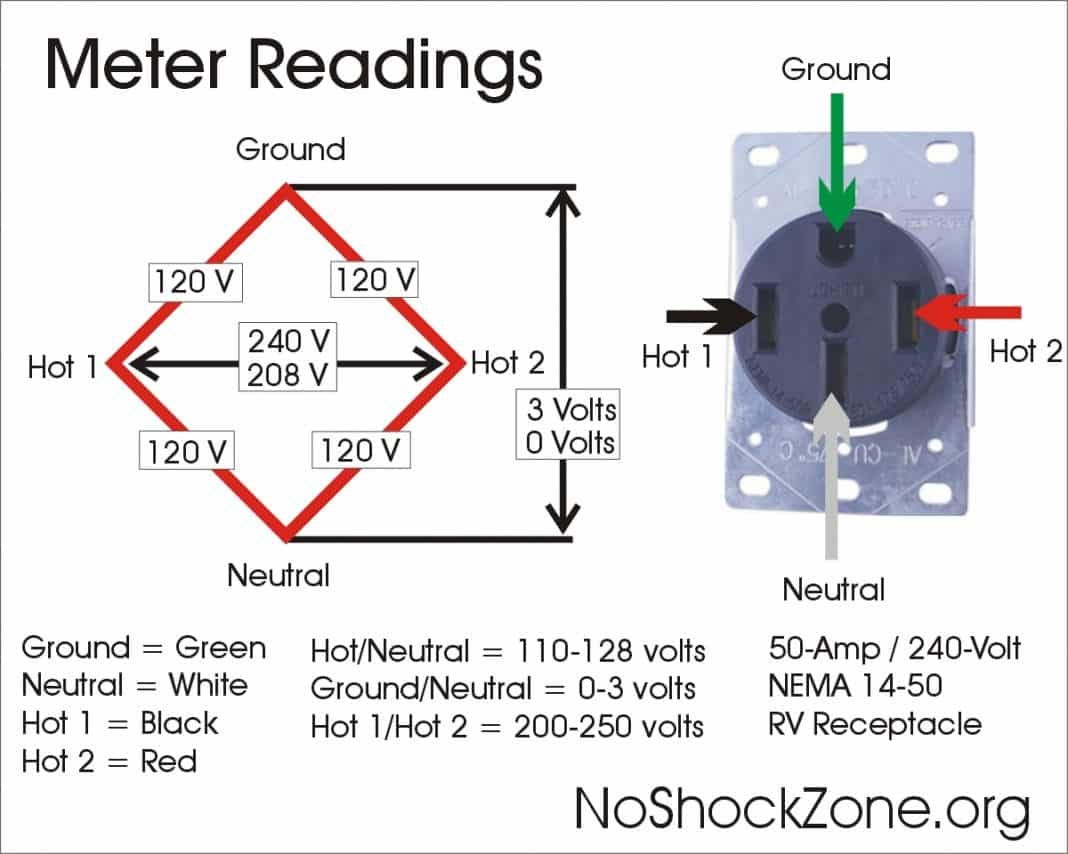3-Phase Basics Video
You've probably already plugged your RV into 3-phase power at a campground and didn't know it...
Everyone,
I found this great basics video on how and why 3-phase AC is used to distribute electrical power around the world. Yes, there’s different voltages and frequencies used in various countries, but the principals are still the same.
Why you should know this
Campgrounds have been allowed to distribute 3-phase, 208/120-volt power to pedestals for at least the last two code cycles (6 or more years). And it will measure differently at a pedestal compared to split-phase 240/120-volt power. Note that a split-phase service will measure 240-volts leg-to-leg, while a 3-phase service will measure 208-volts leg-to-leg.
If the pedestals are wired properly, then it shouldn’t affect the operation of RVs at all. But there’s a number of miswiring dangers that can happen in 3-phase campground power if the staff installing the pedestals doesn’t understand it. More and more new campgrounds are being designed and built with 3-phase power. And that’s why I’m creating a training program covering 3-phase pedestal installation and testing for campground maintenance staff.
First things first…
Here’s a great video showing the basics of how 3-phase power works. I’m working on my own in-depth video of 3-phase power for campgrounds which I should be able to release this summer. But watch this first and add your comments and questions below.
Let’s play safe out there… Mike





This video is helpful but I felt two things it said are somewhat misleading and I thought it missed an opportunity to point out the efficacy benefits of 3-phase power.
First, while the “speed” of electrons in a conductor is proportional to the applied electric field and the electron mobility in that specific conductor, the actual electron velocity is extremely slow (microns per second) because it is limited by electron-atom collisions (at the atomic scale) while the speed of an electric signal approaches the speed of light. These two aspects are confusing and are not necessary to explain 3-phase power in a basic video like this. It may be more helpful to think of current flow in an electric circuit being proportional to applied voltage rather than thinking in terms of the electron velocity which is different in the highly conductive portions (the wires)and the resistive portion (the load) of the circuit where most all of the power is dissipated.
Second, while lights do “flicker” with the applied voltage, the temporal response of the eye limits our ability to perceive it. Light is generated in each half cycle in old style incandescent and fluorescent lights at twice the line frequency or 100/120 Hz for 50/60 Hz power systems which is near the edge of human perception. Incandescent lamps have built/in thermal inertia that reduces flicker. Fluorescent lights have more perceivable flicker than incandescent lights. However, modern LED lights operate on DC and don’t flicker.
I agree with video’s point that 3-phase power is capable of delivering more average and instantaneous power than split phase but I believe there are better ways to say it. They could have said that power delivery in a 3-phase circuit never drops to zero in each cycle as it does with split phase and that 3-phase systems deliver 1.73 times more power with the same amount wire compared to a split phase system making it more efficient in both industrial and commercial settings.
Of course, it also makes sense to use 3-phase in campgrounds for the same reasons. However, the price to be paid is that the complexity is higher (e.g., there are multiple 3-phase wiring configurations as Mike has explained in other articles).
So if I understand you, L1&L2 or L2&L3 or L1&L3 will read 208vac and that's acceptable at the pedestal for your RV.
Does that mean that a commercial building supplied with 3 phase only will see 208vac at the water heater, HVAC system, dryer, etc?? If so, are what happens to all the HVAC systems not rated at 208, or the roof top AC on an RV...
Are we connecting these appliances to known low voltage??
Did I say this so it's understandable
Thanks